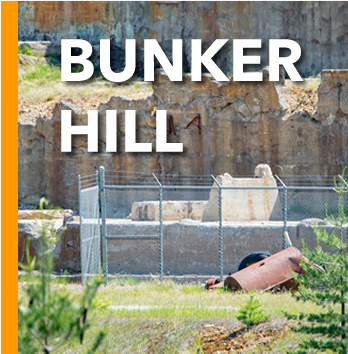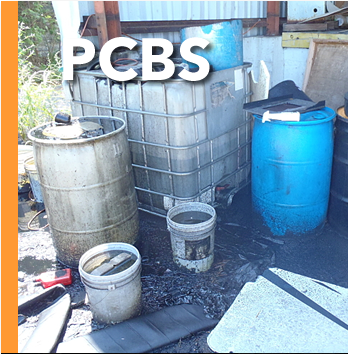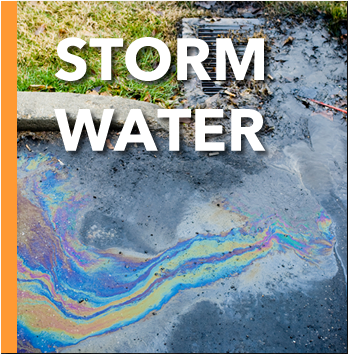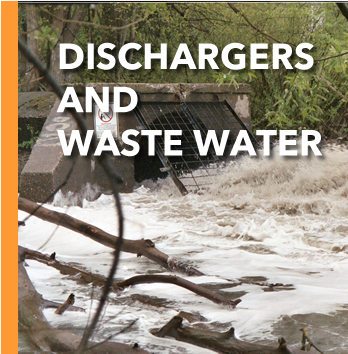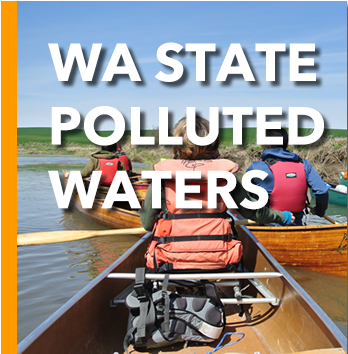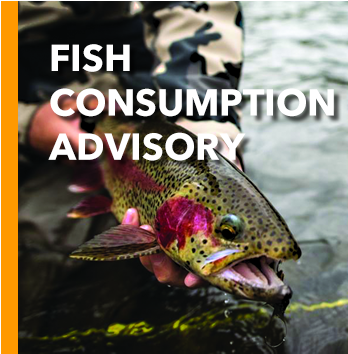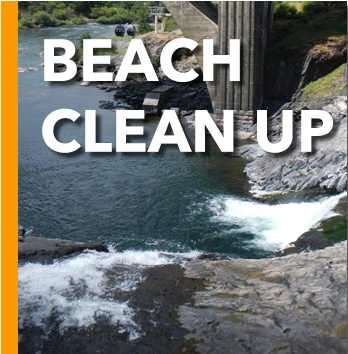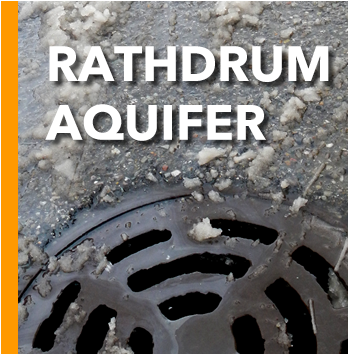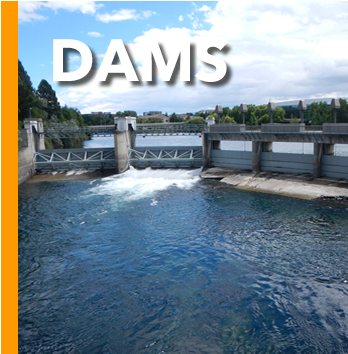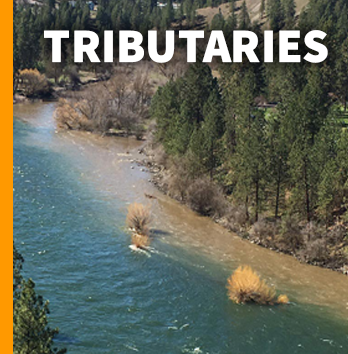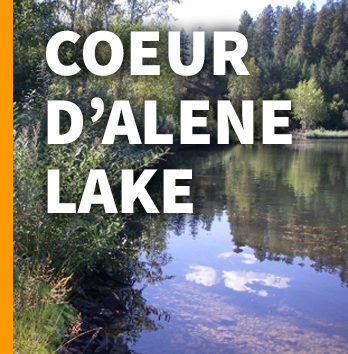Department of Ecology 303(d) mapping tool link:
https://fortress.wa.gov/ecy/approvedwqa/ApprovedSearch.aspx
For each body of water on the list, the state identifies the pollutant causing the impairment, when known, and assigns a priority for development of Total Maximum Daily Loads (TMDLs) based on the severity of the pollution and the sensitivity of the uses to be made of the waters, among other factors (40 C.F.R. §130.7(b)(4)).
In general, once a water body has been added to a state’s list of impaired waters, it stays there until the state develops a TMDL and the EPA approves it. EPA reporting guidance provides a way to keep track of a state’s water bodies, from those listed as “impaired” to those meeting water quality standards.
This tracking system contains a running account of all of the state’s water bodies and categorizes each based on the attainment status. Once a TMDL is developed, a water body is no longer on the 303(d) list, but it is still tracked until the water is fully restored.
The 303(d) list ranks impairment on a scale of 1 to 5 (https://ecology.wa.gov/Water-Shorelines/Water-quality/Water-improvement/Assessment-of-state-waters-303d/Assessment-categories), with category 5 being most severe, indicating that the waterway requires a water improvement project. If a water body is in this category it means that we have data showing that the water quality standards have been violated for one or more pollutants, and there is no TMDL — or pollution control program — in place.
Several segments of the Spokane River are listed as category 5 for PCBs. Other segments are listed as category 5 for dioxin, temperature, pH, and dissolved oxygen. Dragoon Creek is listed for Ammonia-N, chlorine, and total phosphorus. Hangman Creek is listed for fecal coliform, phosphorus, temperature, and TSS/turbidity. The Little Spokane River is listed for dissolved oxygen, pH, fecal coliform, temperature, and turbidity.
Many projects and studies, intended to improve and protect all 111 miles of the river and Lake Spokane, are complete or underway.


This project is supported by funds from the Washington State Department of Ecology.

